A Step-By-Step Guide To Keep Sugar Gliders As Pets

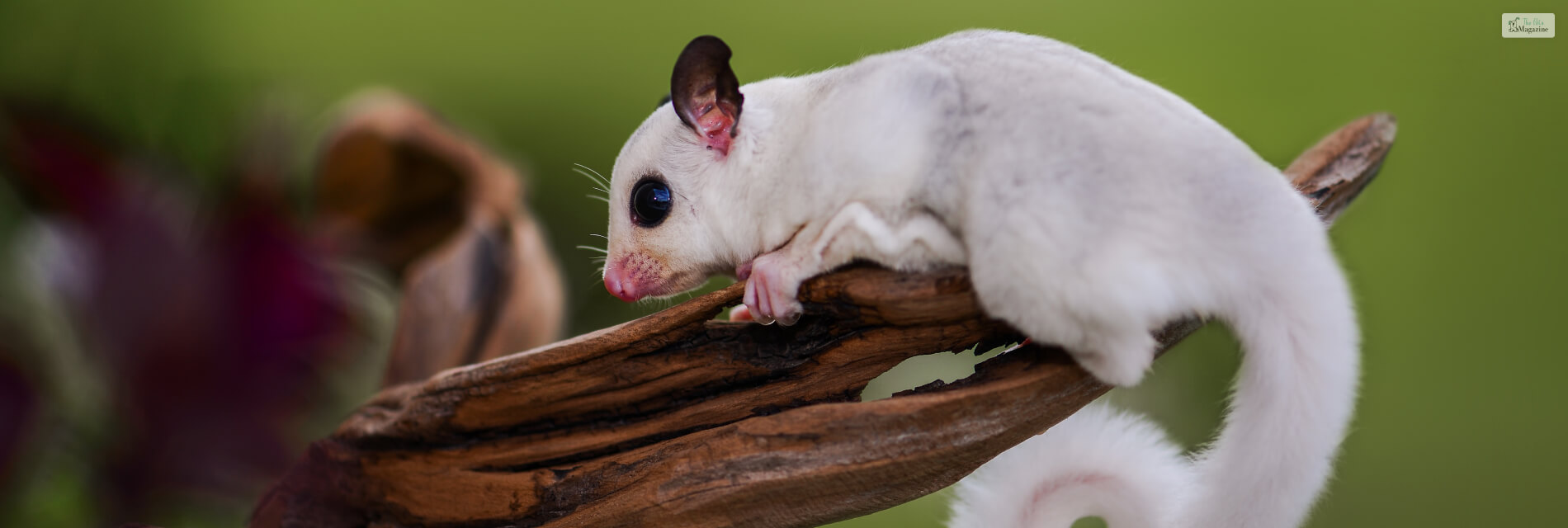
Since you are searching for cute sugar gliders, I can guess that you are an animal lover and have knowledge about exotic animals. If you are wondering whether you should get a sugar glider or not? Then you have come to the right place.
Here in this article, I am going to lay in front of you everything about sugar gliders and why you should or should not have one as a pet.
But the thing that I would like to make clear at first is that Sugar Gliders are definitely not Rodents!
Overview

| Kingdom | Animalia |
| Phylum | Chordata |
| Class | Mammalia |
| Infraclass | Marsupialia |
| Order | Diprotodonitia |
| Family | Petauridae |
| Genus | Petaurus |
| Species | P.breviceps |
| Size | 16 cm (adult) |
| Life Span | 10-12 years |
How Did They Get The Name?
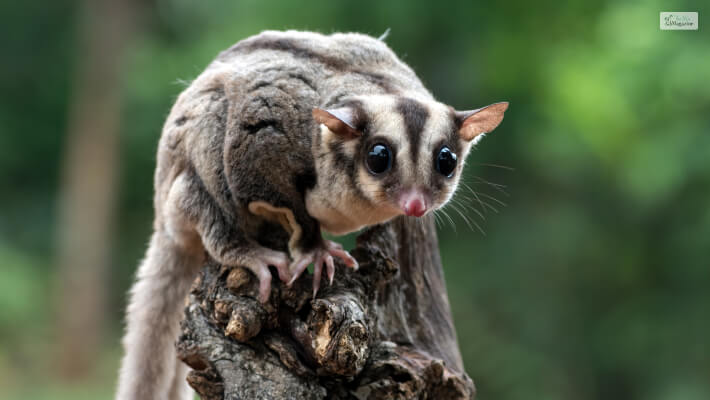
Sugar Gliders originally belong from Indonesia and Australia and live in rainforests there. But being very low maintenance, they are bred at home as well. In general, they belong to the family of Koala Bears and Kangaroos.
If we break their name, “Sugar Glider,” into two parts and answer why they are named so.
- They have “Sugar” in their name because they eat anything that is sweet. From sweet fruits to vegetables, they are very easy to feed.
- They are called “Gliders” because they have attached stretchy membranes from the wrists to ankles. This actually allows them to glide from one tree to another and not fly. “Sugar glider flying,” is a wrong concept; they glide.
Do Sugar Gliders Make Great Pets?
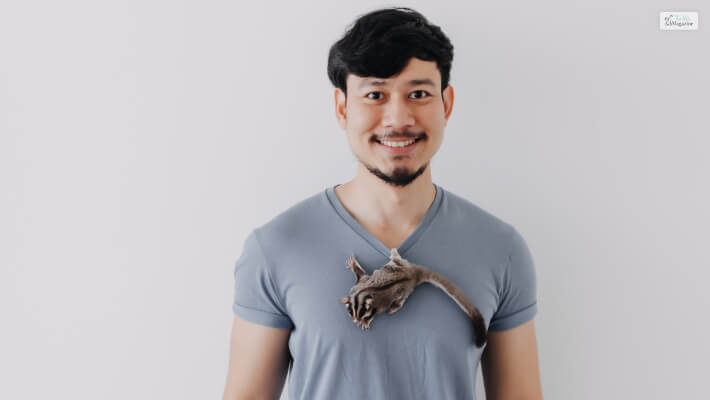
As I have already stated that Sugar Gliders are not rodents. They belong to the family of Koala Bears and Kangaroos. Sugar Gliders are marsupial animals and are very intelligent animals, such as dogs. And if they are trained properly, they can play tricks and even understand their name.
Before you even think of keeping one as a pet, you look into your state laws. In some Canadian provinces and American states, these sugar gliders are illegal to keep as pets since they are exotic animals.
If you are willing to keep one, look for a sugar glider for sale near you, as the sugar glider price is quite high. If the prices are quite high for you, you can buy sugar glider toys, maybe not for you but for your kid.
Sugar Gliders are nocturnal animals and are basically tree-dwellers. They are considered to be great pets as they create a strong bond with their owners. Sugar Gliders are very low maintenance, as they do not require baths, and they keep themselves spotlessly clean.
So if you are looking for a pet you won’t have to maintain too much, then Sugar Gliders are the one.
Housing

Sugar Gliders are primarily kept in special cages made out of PVC coating. And it should be big enough for it to play around it. They love to climb and glide around and grab onto things.
The grid of the cage shouldn’t be more than ½ to 1 inch in size, and the cage size should be 36x24x40 inches. Though it is not a necessity that the cage should be big, it should be appropriate for the size of your Sugar Glider. The cage should also be tall enough so that your Sugar Glider has plenty of space to climb.
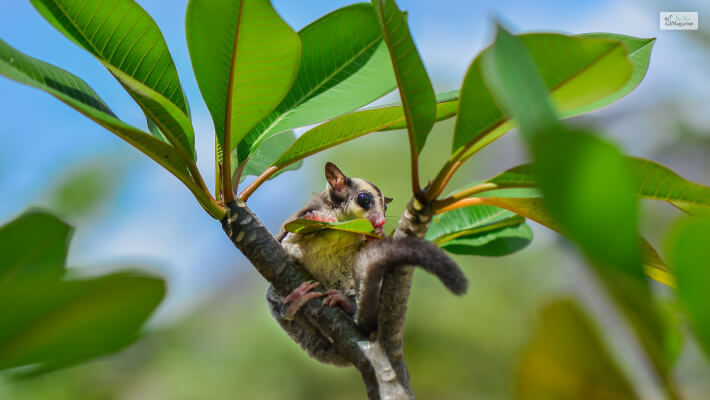
To make the cage more habitable, place enough toys for it to play with. You can also keep an exercise wheel to run on and some branches and plants to chew on. For its bedding, place a few paper towels. You can also use shredded newspaper, dried moss, leaves that are not toxic or have been treated with chemicals or pesticides, and cotton.
You have to keep multiple water bowls as they are very active. Also, a water bottle near the cage and also a food bowl inside the cage. And since they are nocturnal, don’t keep them directly in sunlight. But there should be enough light so that your pet can differentiate between night time and day time.
Here are some tips on how you can decorate your Sugar Glider’s cage so that they feel safe and comfortable:
Tip 1: Inside the cage, you can create a comfortable nesting area for your Sugar Glider by placing cloth pouch, nesting boxes, and hammocks. You can also place bedding material or scraps of fleece inside the nesting box or pouch so that your Sugar Glider has a comfortable, dark and safe place to sleep.
Tip 2: Sugar Gliders are active creatures and enjoy playing, exercising and exploring. You can place toys appropriate for Sugar Gliders to encourage mental and physical stimulation. These includes toys like balls, chew toys, exercise wheels, bird toys, and tunnels.
Tip 3: Sugar Gliders like climbing so you can include objects such as climbing rope, ladders and apple, eucalyptus, maple, oak, bamboo and citrus tree branches, Sugar Gliders also like to branches so make that you are providing branches of trees that have treated with chemicals or pesticides.
Food

When in the wild, sugar glider food has a variety of options, more because they are omnivores. Their food habits are also very adaptable according to climate change and the season.
In the wild, they basically everything from insects and spiders to sap, blossoms, and nectar. This makes it difficult to nourish them in captivity. Hence, most sugar gliders are malnourished or from poor nutrients in captivity.
Pet Sugar gliders who are fed a fruit-based diet are prone to a disease called nutritional osteodystrophy. This is a medical condition in Sugar Gliders where the bones become soft because of not getting enough calcium and phosphorus from their daily diet. Hence it is important to incorporate a source of protein in their diet.
There are commercial sugar glider pellets available in the market, which are equally effective for their nourishment. It is also very important to provide them with enough fruits and vegetables.
You need to make sure that you don’t overfeed them and rotate each food type from insects, fruits, and vegetables. Or else this can lead to metabolic disorder and obesity.
- Fruits – Mango, strawberries, bananas, oranges, kiwi, and peaches.
- Vegetables – Bell pepper, sweet potatoes, cucumbers, squash, and carrots.
- Source of Protein: Cooked boneless chicken without the skin in small amounts, waxworms, mealworms, crickets, and superworms.
Apart from the food items mentioned here, you can also provide Artificial nectar mix to mimic the natural nectar and tree sap that sugar gliders in wild feed on, fruit juices with no sugar and nuts as occasional treats.
There are also certain food items you need to avoid at any cost, such as chocolate, raisins, grapes, and even dairy products. You should also not feed them cat food, super fatty or super sweet food, pits and seeds of fruits, raw eggs, meats, coffee, tea, and soda.
And you should feed your sugar gliders in the afternoon or early evening. Clear all leftovers in the morning.
Health Issues
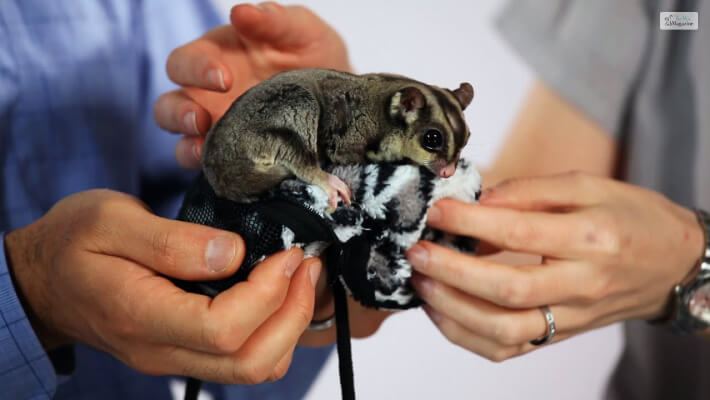
You can easily distinguish a healthy sugar glider from a sick one. The healthy ones are clean, have clear eyes, and are alert. Their eyes and mouths are all devoid of any discoloration. And lastly, their coat is soft and smooth.
But some of the health issues that these sugar gliders suffer from are.
- Obesity
- Malnutrition
- Respiratory issues
- Metabolic bone disease
- Hair loss
- Dental disease
- Blindness and cataract
Grooming
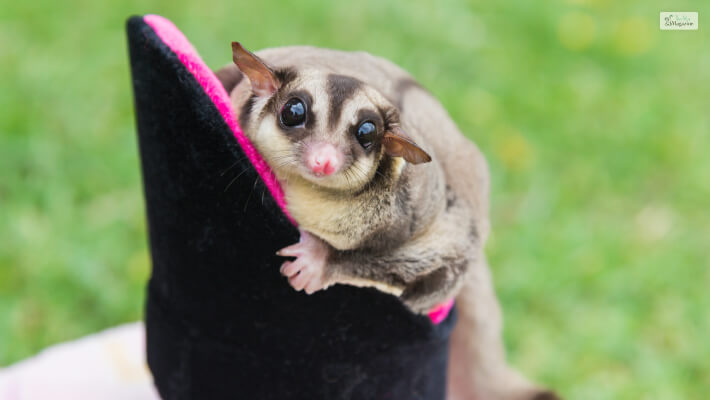
You won’t have to work a lot into keeping a sugar glider neat and clean; they do that themselves. They also don’t require any bathing or shampooing until and unless prescribed by the doctor. Sugar gliders don’t even smell. Sugar glider care is very easy. They also don’t need to be toilet trained or trained to use a litter box. But they are predictable creatures and don’t go potty where they sleep. So by learning their sleeping habits and by establishing a designated potty area, you can potty train them to some extent.
You just need to clean their cage every 2 to 4 weeks and clean their food and water bowl on a daily basis. Don’t clean the cage with the glider still inside.
It is recommended that you use diluted bleach or vinegar to clean the cage. And after cleaning, give some time before putting the glider inside. There are many different types of sugar gliders, but if you ask me, I prefer the white sugar glider.
Handling & Behavior
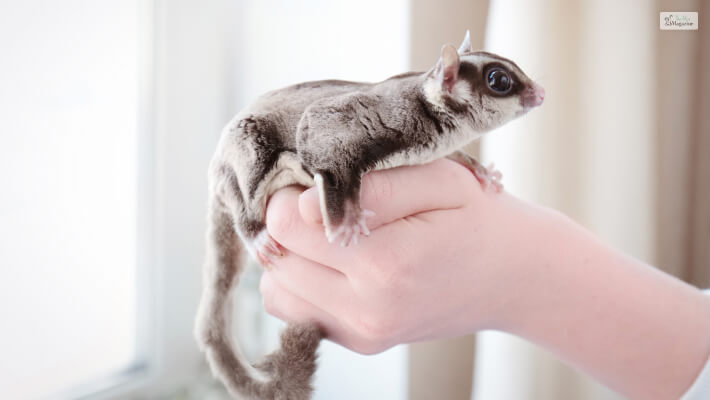
A sugar glider can be difficult to handle if they are not properly socialized or with baby sugar gliders. You should never hold them by the back of the neck or by the tail.
A sugar glider should have a daily socializing session for about 1 to 2 hours with the owners if they are alone. They are very social animals and love to be around other gliders. They are when in a group of more than two.
When sugar gliders are being socialized, their behavior is similar to that of a dog. They create a strong bond with their owners. Socialized gliders are not aggressive, but when they are defensive or afraid, they make a loud noise and stand on their back legs. They even charge.
Frequently Asked Questions! (FAQs):
Now that you know everything there is to know about sugar gliders, here are some questions that people ask.
Ans: It is a fact that sugar gliders cannot be potty trained, or else they are very clean animals without much care. Once you set their cage up, they are very easy to take care of.
Ans: Sugar gliders are generally very social animals. But if they are left alone on their own, it can lead to emotional distress and depression, and also weight loss.
Ans: It is true that sugar gliders poop and pee quite often, but they can’t be potty trained; that is how they mark their territory. They drop food all around their cage, so it is important to clean their cage quite often.
Wrapping Up!
Now that you know everything about how to take care of a sugar glider, you can decide on your own whether to buy one. But since these are exotic animals, they thrive well in the wild, then in captivity, so it is best not to keep one as a pet.
Read Also:





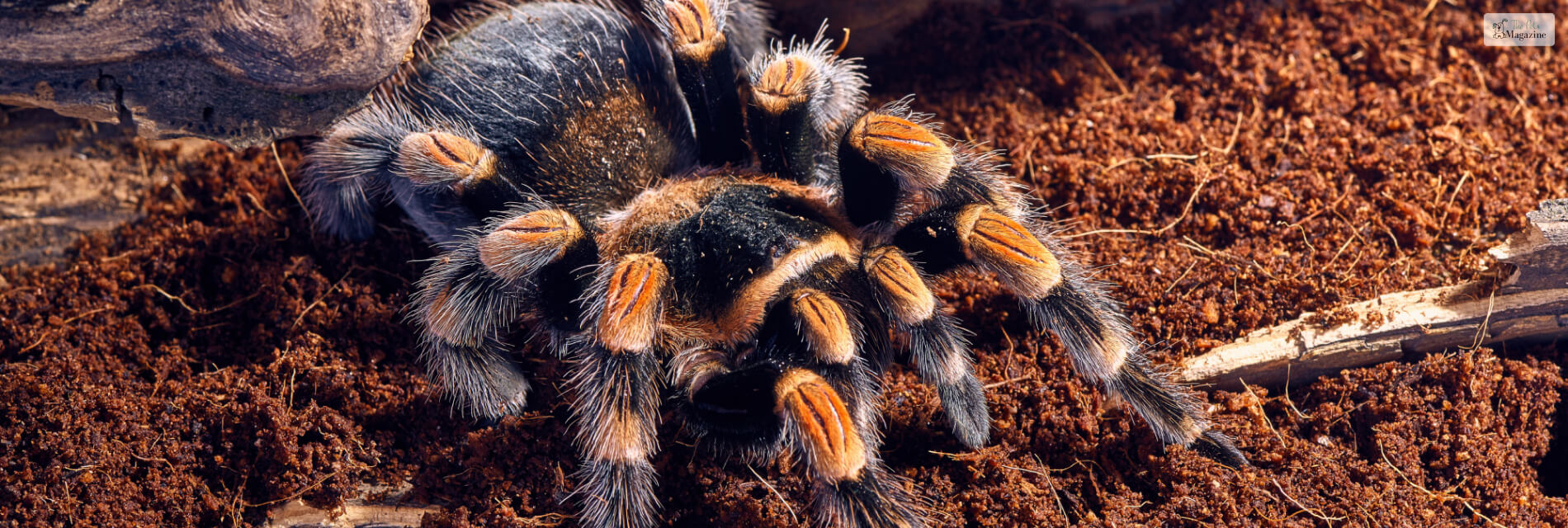
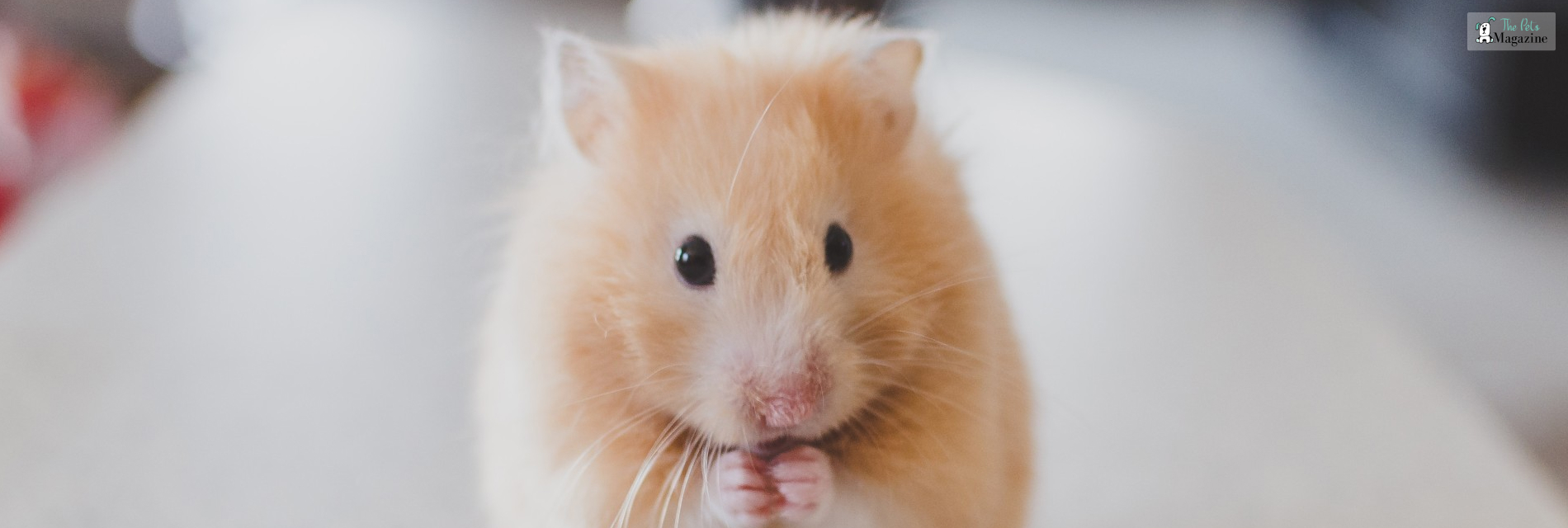
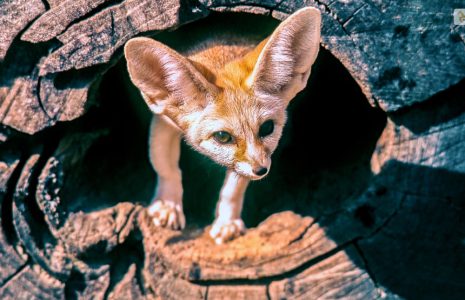
Leave A Comment